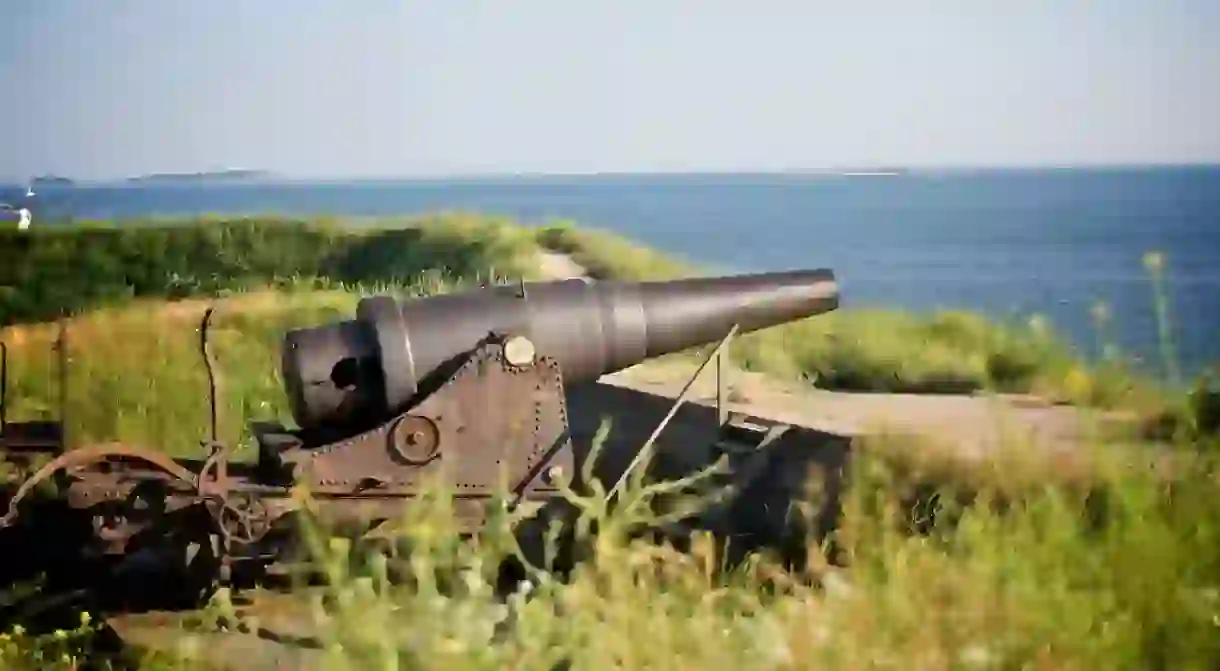A Brief History of Suomenlinna, Finland's Fortress

Suomenlinna’s name means ‘Finnish Castle’, though it is not actually a castle but a former fortress spread over several small islands which make up a micro-district of Helsinki. Nonetheless, it has seen action during some of the most significant events in Finnish history. This has made it one of Finland’s five world heritage sites and one of the country’s most popular tourist attractions, bringing in over 1 million visitors each year.

The fortress’s origins go back to 1748 when, after many decades of conflict with Russia, the Swedes – who had control of Finland at the time – wished to fortify much of Southern Finland. In the end, only Suomenlinna, or Sveaborg as it was originally known, was completed as a garrison, dockyard, and ship-building yard for the Baltic Sea fleet. Residential buildings for the soldiers and their families were also built.
After many years of conflict, much of Finland had been left in poverty, so the fortress which survives today is actually only a small part of what was originally planned. Disease epidemics, particularly scurvy, were rampant. People who lived there during this period complained that it was too isolated, there was nothing to do, and all of the residents looked too windswept. But this didn’t stop the islands from became a trendy neighbourhood, at one point technically becoming the second most populated town in Finland.
Sveaborg served as a naval base during the Russo-Swedish war of 1788-1790 and was finally besieged and surrendered to Russia in 1808, along with the rest of Finland. During the Russian occupation, its military significance lessened, so it started to fall into disrepair and even sustained damage during an attack from the Anglo-French fleet.
Following only a few minor skirmishes, Sveaborg finally had some use again during World War One when it became part of the Naval Fortress of Peter the Great to defend St Petersburg. Shortly afterwards in 1917, Finland gained independence and Suomenlinna was given its current name.
During the Finnish Civil War of the following year, it was a prisoner-of-war camp for the Red side, holding up to 8,000 prisoners, some of which were executed in the fortress. Surprisingly enough, a prison does still exist on the island today, and some of the prisoners even perform maintenance work on the fortress.

After the Civil War, Suomenlinna started drawing in tourists, apart from a brief period in the Second World War when anti-aircraft units, artillery units, and a submarine fleet were based on the island. You can still see the last surviving Finnish submarine as an attraction at Suomenlinna.
As Finland rebuilt itself after the war, buildings on Suomenlinna were updated with modern conveniences. The military had left by the 1970s, with the exception of one naval academy which is still there. The island has since returned to being a tourist destination and a trendy neighbourhood with some of the former garrisons being transformed into apartments. Its unique location and history has made it the most sought-after district in Helsinki and is particularly popular amongst Finnish creatives and celebrities.
Suomenlinna has continued to stand strong through three different eras of Finnish history and some of the country’s largest-ever conflicts, which has earned it a spot as a world heritage site and Finland’s most popular tourist destination.














